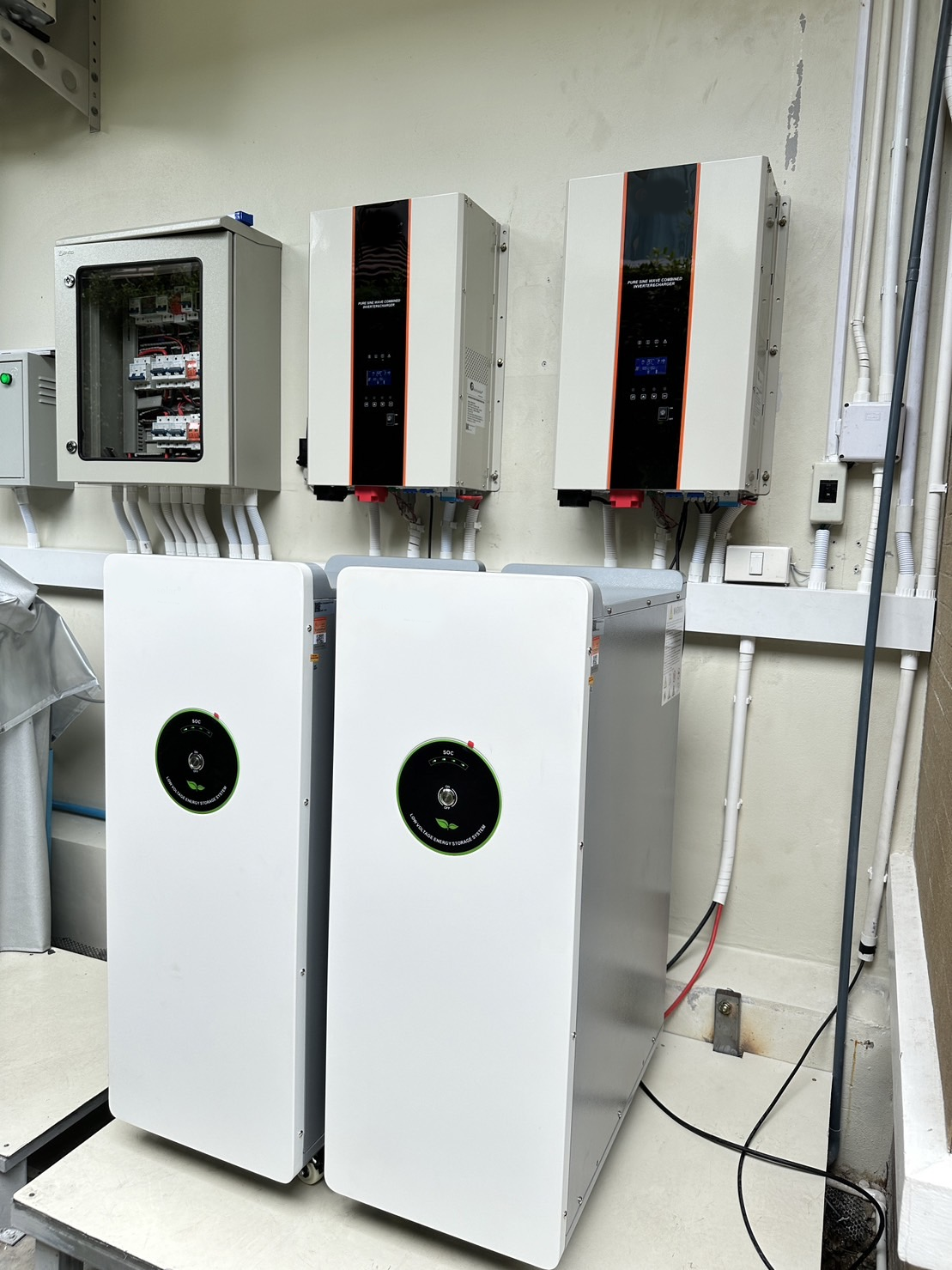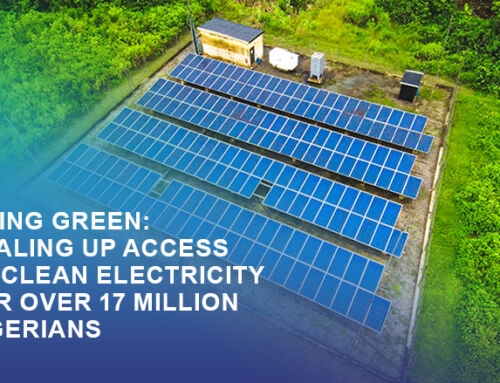When it comes to selecting a battery for your solar application, you need be aware of a number of factors such as voltage efficiency, capacity requirements, and so on. With the advancement of renewable energies, battery storage for domestic/commercial usage is fast increasing, and two technologies, lead-acid and lithium-ion, are actively competing. However, you may be wondering if you should use a lead-acid or a lithium-ion battery. Before selecting a battery for your solar system, there are several aspects to consider.

Take a look at the table below that compares the life of lead-acid and lithium-ion batteries.
| Lead-Acid Battery | Lithium-Ion Battery | |
| Charging Time | Takes more than 10 hours (slow charge) | Takes 3 hours+ (fast charge) |
| Quality | Less reliable and efficient | More reliable and efficient |
| Cost | Affordable to buy | Very expensive to purchase |
| Cycle Life | 300-500 cycles | 5,000 times or more |
| Maintenance | High maintenance | Less maintenance |
| Service Life | 25% | 100% |
| Applications | Suitable for limited industries | Suitable for all industries |
| Weight | 30Kg for kWh | 6Kg for kWh |
We will provide you with a side-by-side comparison of both battery options!
Operating Principle
Whether it is a lead-acid battery or a lithium-ion battery, they both operate on the same electrochemical principle (as both types of batteries store (charge) and release (discharge) electrons (electricity) via electrochemical reactions). Both have components such as two electrodes: anode (-), cathode (+), electrolyte, membrane separator, and so on.
However, the materials utilized in each of the batteries (Lead-acid and Lithium-ion) differs.
| Lead-Acid | Lithium-Ion | |
| Anode: | Pb | Carbon |
| Cathode: | PbO2 | Lithium Oxide (LiFePO4, LiCoO2, LiMn2O4) |
| Electrolyte: | H2SO4 (liquid, gel) | Lithium salt (liquid, solid, gel) |
Maximum Capacity
Weight is the best way to compare the capacity of Lead-Acid and Lithium-Ion batteries. Lithium-Ion batteries are up to six times lighter for the same capacity as lead-acid batteries, more compact, and up to two times more powerful.
When the capacity of both batteries is compared, lithium is the lightest because one kg of lithium contains 29 times more atoms than lead, plus the working voltage of lithium-ion is 3.2V vs 2V for lead-acid, and therefore you can store considerably more energy in 1kg of lithium battery than in lead-acid.
Take a look at the table below, which highlights the energy storage capacity of both methods.
| Lead-Acid | Lithium-Ion | |
| Storage capacity theory: | 167 Wh/kg | 11’600 Wh/kg |
| Storage capacity practice: | 30 – 40 Wh/kg | 110 – 250 Wh/kg |
| Energy density: | 80-90 Wh/l | 250 – 670 Wh/l |
| Specific power: | 180 W/kg | 250 – 340 W/kg |
Life Cycle
When it comes to battery cycle life for any type of solar application, lead-acid batteries only achieve 600 lifespan cycles, whereas lithium-ion batteries can reach 1100 to 3100. The cycle life of a lead-acid battery is strongly dependent on the level of discharge (the amount of electricity it uses to power appliances). What exactly is cycle life? Cycle life is a term that refers to how much capacity you consume before recharging a battery.
When you empty a battery or use it to power your appliances, then recharge it with solar panels, this is referred to as a single charge cycle. Thus, the longevity of a battery is measured not in months or years, but in the number of charge cycles it can withstand before failing. A sealed lead-acid battery, for example, may last 100 cycles in four years at a vacation home, whereas the same battery may tolerate 500+ cycles in one year at a full-time residence.
Efficiency
When it comes to efficiency, lithium-ion batteries outperform lead-acid batteries (your batteries charge faster), which means that more of your solar power is stored as well as used. Lead-acid batteries are designed to have an efficiency of 70 to 80% depending on the condition and type, whereas lithium-ion batteries have an efficiency of more than 95%. For example, if 1,000 watts of solar energy enter the batteries (Lead-acid), there are only 800-850 watts accessible after charging and discharging. Similarly, if you have 1,000 watts of solar energy entering the batteries (Lithium-ion), you will have more than 950 watts of electricity accessible.
Environmental Implications
Solar lithium-ion batteries are the better alternative in terms of environmental impact. Lithium-ion batteries are derived from mining, and a less amount of material is utilized in the production process to give solar storage capacity while minimizing environmental impact. However, lead-acid batteries require more raw materials (as compared to lithium batteries) to offer a comparable degree of solar energy storage capacity, and more raw material usage means a larger carbon footprint, which maximizes the impact on the environment.
Durability
Durability is one of the most crucial elements to consider before purchasing solar batteries or any other product. When comparing the two types of batteries, lithium batteries are more durable because their life duration has risen (over the last ten years), and they come with warranties of up to 10,000 cycles or 10 years (70%+ of initial capacity). However, lead-acid batteries have a life span of only 3 years (when discharged at 50% of their maximum capacity). If these types of batteries are deeply discharged at each cycle (80% or more), your lead-acid battery will only work well for 350 cycles or one year.
Cost
Lead-acid batteries are less expensive than lithium-ion batteries. A lead-acid solar battery system can save you thousands of rupees over a lithium-ion battery. This solar battery is the ideal option for individuals with limited investment capital. However, keep in mind that lithium-ion batteries are on par with or less expensive than lead-acid batteries when cost over lifecycle is considered. Let’s have a look at the example in the table below:
| Lithium-ion 12V, 100Ah | Lead-acid 12V, 100Ah | |
| Upfront cost: | 739.99 USD / 780,546.00 NGN | 174.99 USD / 195,515.00NGN |
| Depth of discharge: | 80% | 80% |
| Total number of cycles: | (10 years) – 3600 cycles | (2 years) – 600 cycles |
| Total kWh over lifetime: | 3’456 kWh | 420 kWh |
| LCOS: | 0.214 USD/kWh | 0.417 USD/kWh |
The ball is in your court
Both battery technologies mentioned in this article, whether Lead-Acid or Lithium-Ion, have advantages and disadvantages, and you can finally determine which solar battery technology is superior based on your needs and budget. If you’re interested in solar energy storage solutions and want to learn more about the qualities of lead-acid and lithium batteries, Contact us.







